This review is part of the Cameras of the Dead series which features dead cameras that I’ve wanted to review that either didn’t work, or was otherwise unable to shoot.
This review was originally part of a three camera review published on October 29, 2021 in the 10th edition of the series, but those multi camera reviews don’t index well, so I am separating this into it’s own post to make it easier to find.
This is a Yashica Sequelle, a motorized half frame camera that had a unique looking body similar to that of a motion picture camera. The camera was capable of continuous exposures via it’s electronically driven motorized film transport. The camera used three AA “pen light” batteries to power the film transport, making it one of the first cameras to use a battery powered electric motor. It featured an uncoupled selenium exposure meter which required the user to set the exposure based off EV numbers on the meter. The camera was designed to be simple and did not have a focus scale, instead used zone focus icons that would appeal to the novice photographer. The Sequelle was a short lived model which is very difficult to find today, and even more difficult to find in working condition.
Film Type: Half-Frame 135 (35mm)
Lens: 2.8cm f/2.8 Yashinon Coated 4-elements in 3-groups
Focus: 2.5 feet to Infinity, Numbers unmarked, Zone Focus Icons Only
Viewfinder: Flip-Up Scale Focus
Shutter: Seikosha-L Leaf Shutter
Speeds: B, 1/30 – 1/250 Seconds
Exposure Meter: Uncoupled Selenium Meter
Battery: (3) 1.5v AA Batteries
Flash: PC Sync Port, 1/30 Flash Sync
Weight: 744 grams (w/ batteries)
Manual: https://mikeeckman.com/media/YashicaSequelleManual.pdf
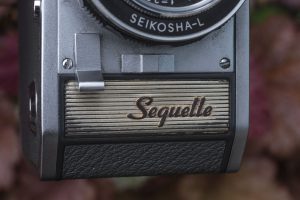
Now here’s a weird one. Back in September 2019 when I did the review of the Taron Chic, I was already aware of the similarly styled, vertical half-frame Yashica Rapide. In fact, the Rapide had been on my want list before I even knew the Chic existed, but as fate would have it, the Chic would arrive at Mike Eckman dot Com headquarters first and would receive a full review. It was a fun little camera, and I thought that if I ever could find a Rapide, I could do some kind of head to head competition between the two.
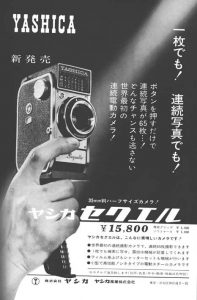
It is now October 2021, and I still don’t have a Rapide, but I do have Yashica’s other vertical half frame Sequelle. As best as I can tell, the Sequelle is less common than the Rapide, at least based on the number of them that appear for sale on eBay, but sometimes this is how things turn out.
The Sequelle is one of the more odd cameras I’ve ever come across as it has a unique combination of features. For starters, the overall look of the camera was meant to resemble motion picture cameras that were common of the time. When it was new, the Sequelle would have come with a handle that when attached to the bottom of the camera, allowed it to be used one handed. Most examples of this camera, including mine, no longer have the handle. but with it, the camera was likely easier to use single handed as in the Japanese ad to the right.
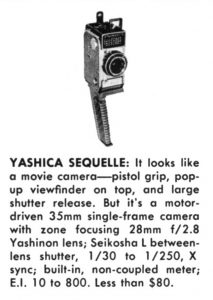
The film transported vertically, exposing “half frame” 18mm x 24mm images. In other cameras like the Olympus Pen which shoot half frame images in a standard left to right transport, the images have a natural portrait orientation, and you must rotate those cameras 90 degrees to get a familiar landscape orientation. With vertically traveling cameras like the Sequelle, and previously mentioned Rapide and Taron Chic, the film is already turned 90 degrees, which means that under normal use, your images are already in a landscape orientation.
When it went on sale in 1962, the Sequelle joined the Iloca Electric (rebadged as the Graflex Graphic 35 Electric in the US) and KW Prakti as the only still cameras using an electric motor powered by AA batteries. It sold in the United States for “under $80” which probably means $79.50 which when adjusted for inflation compares to around $715 which would have likely been a pretty big stretch for the family snap shooter looking for a simple to use, but high quality camera.
The Sequelle is a unique looking camera that on paper probably seemed very cool, but in use, likely didn’t appeal to many. The camera does not appear to be produced for long as I found no references in magazines or in any advertisements after 1962. In addition, finding copies for sale online is very difficult. As I write this in August 2021, there are only 3 for sale on eBay, with asking prices ranging from $98 to $569.99.
Perhaps the most interesting feature of the Sequelle was it’s electrically powered motorized film transport. Motorized cameras had been around for quite some time before the Sequelle, but most of them used some type of clockwork spring that needed to be wound up and then when the shutter was activated, the mechanism would unwind enough to fire the shutter, advance the film, and cock the shutter for the next shot. The Sequelle took it one step further, allowing for continuous shooting at a rate of two frames per second by simply holding down the shutter release. Unlike a clockwork motor that would eventually need to be wound up again, the battery power meant that you could go through an entire roll of film in one continuous shot if you so chose.
Targeting the novice photographer who likely already knew how to use an 8mm or 16mm motion picture camera, the Sequelle included an uncoupled selenium exposure meter with a LV scale allowing for easy calculation of exposure. Although featuring a full focus lens, focus distances were not marked on the lens, rather three zones which represented close-ups, groups, and scenic shots. The large depth of field afforded by the wide angle Yashinon 2.8cm lens meant that in most situations, focusing the camera would not be a challenge. Continuing with a simple theme, Yashica wisely went with a flip up optical viewfinder, which has the advantage of keeping costs low, while offering a large and bright viewfinder experience. Had the camera came with some kind of through the body viewfinder, it likely would have increased cost and complexity.
On the back of the camera is a large door where you’d likely expect the film compartment to be, but is actually an opening for the battery pack. Inside is a plastic box with a lid that when removed has room for three AA batteries. In the era this camera was built, AA “pen-light” batteries were zinc-carbon dry cells, which didn’t last very long, so owners of these cameras likely had to replace them often. When alkaline batteries became more common in the late 1960s, the life span would have been dramatically increased.
With the battery compartment taking up a large amount of space, film is loaded through the side of the camera. By flipping a metal lever on the camera’s left side and twisting it to release a lock, the entire left side of the camera comes off to reveal the film compartment. A standard 35mm cassette drops in on one side and a special Sequelle take up spool on the other. In order to load film, you needed to thread the film leader onto the take up spool with it out of the camera, and then drop in both the supply cassette and spool at the same time, similar to how it’s done on a bottom loading Leica.
The next step in loading the film is to reset the subtractive exposure counter which counts backwards, showing how many exposures remain on the roll. Since this is a half frame camera, you’ll get roughly double the number of exposures of whatever length of film you installed. Strangely, the counter stops at 68, not 72, which suggests that perhaps the camera uses more of the leader than usual.
When the exposure counter reaches zero, the word STOP appears and the motorized drive is deactivated. This is a safety measure likely to help prevent the motor from continuing to run at the end of a roll, possibly tearing the film out of the cassette or burning out the motor.
The motorized film transport only goes in one direction, which means at the end of a roll, you must disengage the coupling by pressing a chrome button on the camera’s right side, and manually rotating the rewind knob with flip out handle until the film is completely wound back into the cassette.
Of the three cameras in this, the 10th edition of the Cameras of the Dead series, the Sequelle is the one I wanted to use the most. Sure, Minolta V2‘s top 1/2000 shutter speed, and the Contarex style of the Petri Flex 7 are worthy of a roll of film or two, but the battery powered vertically transporting half frame motion picture style Sequelle is the one that checked off the most “quirky camera” boxes for me.
The seller I bought it from clearly stated it didn’t work, but I still had hope that perhaps they just didn’t know how to use it, or maybe the battery contacts had corroded, or there was some obvious loose wire that I could solder and make it work. But sadly, nothing I did made any difference. I used a Fluke multimeter and confirmed proper voltage at the battery connections with three fresh batteries, I scoured the Sequelle’s user manual hoping I’d find some hidden kill switch that would magically make it work, but sadly, nothing I did made any difference.
Like so many that have come before it, the Yashica Sequelle is the not only the third dead camera in this article, it represents number 30 in the series, a number that may or may not increase…
Related Posts You Might Enjoy
External Links
https://yashica.boards.net/thread/691/yashica-half-frames

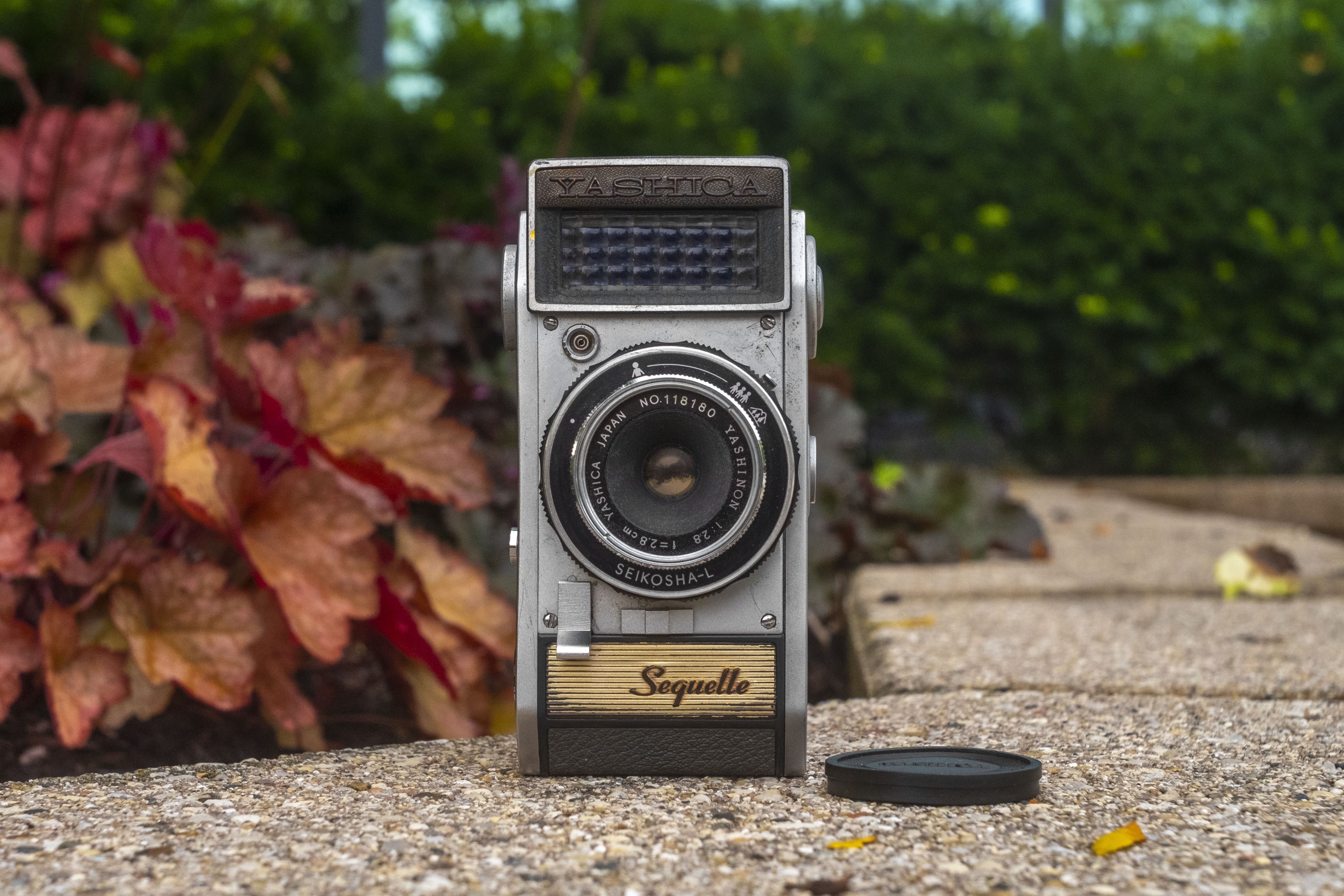
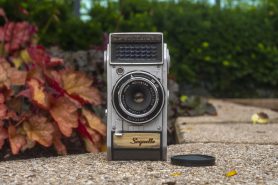
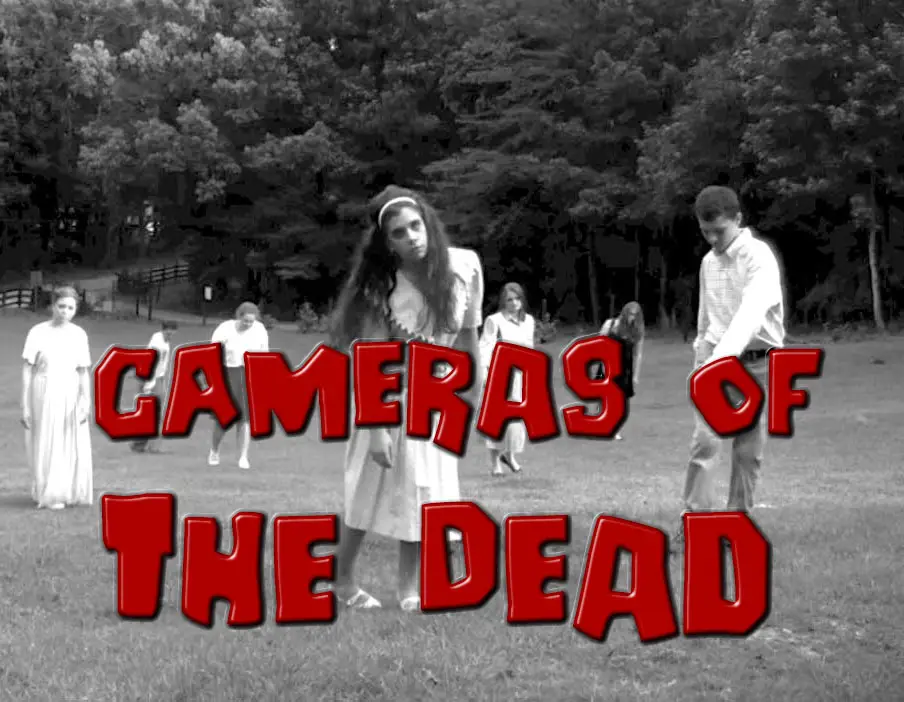
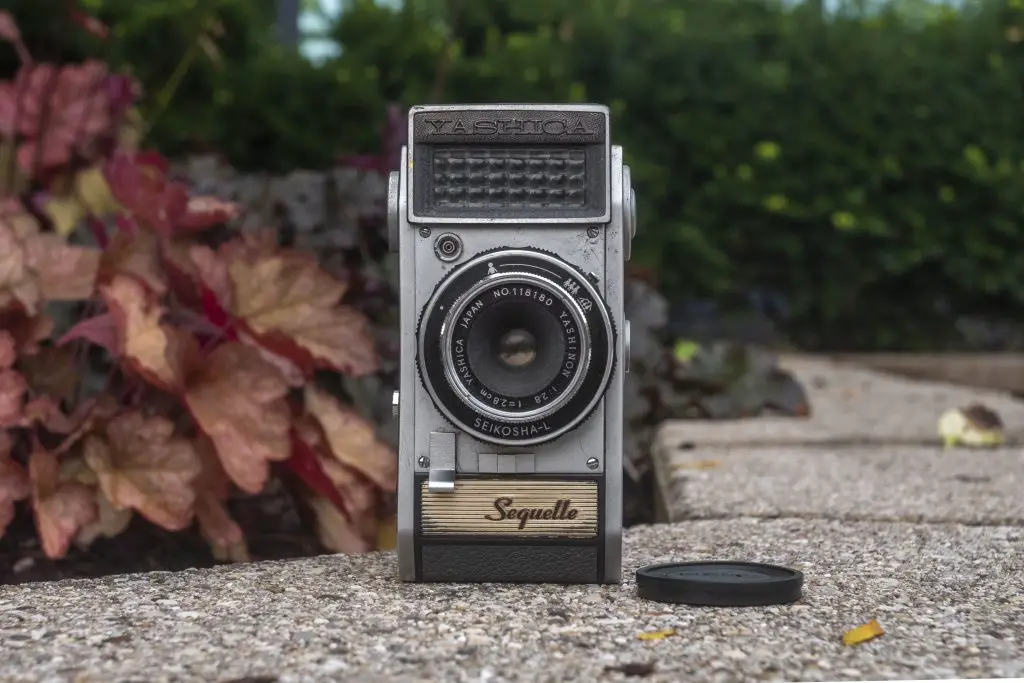
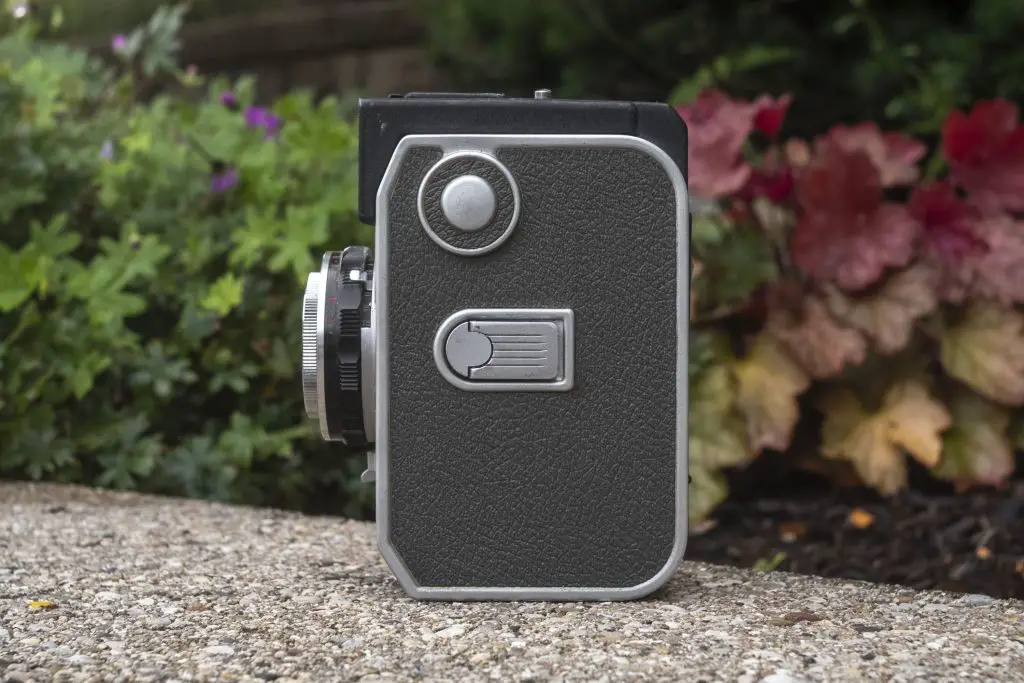
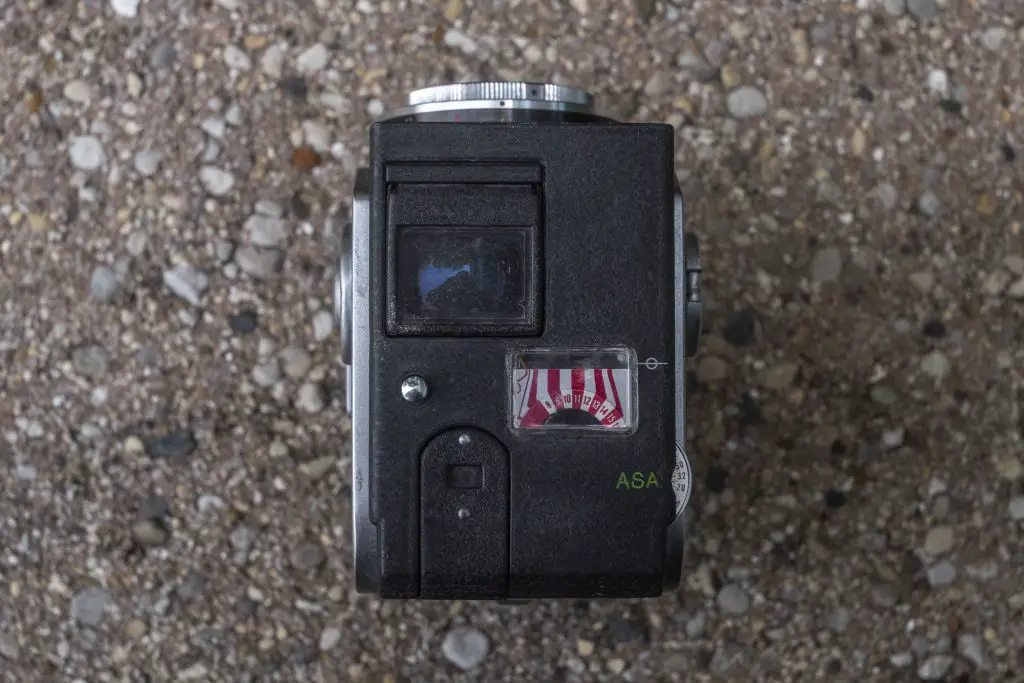
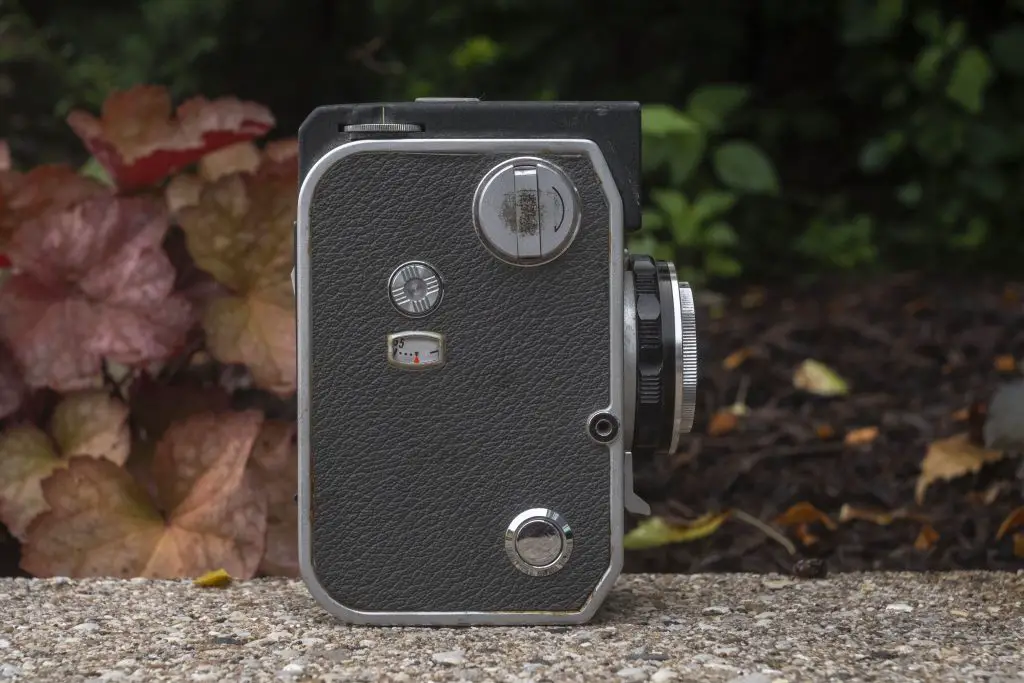
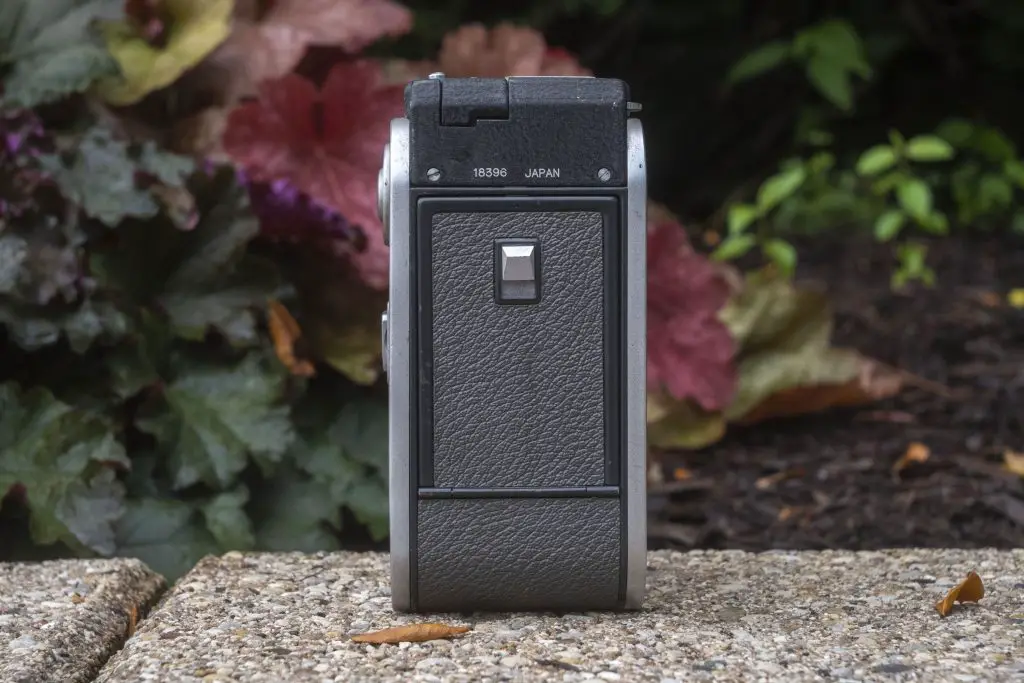
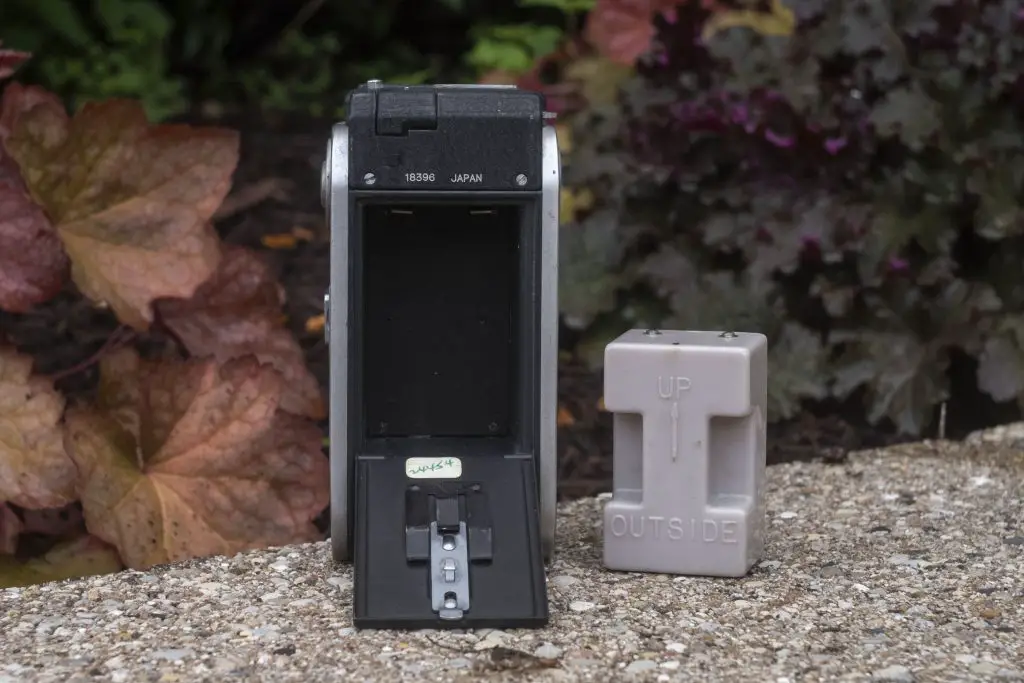
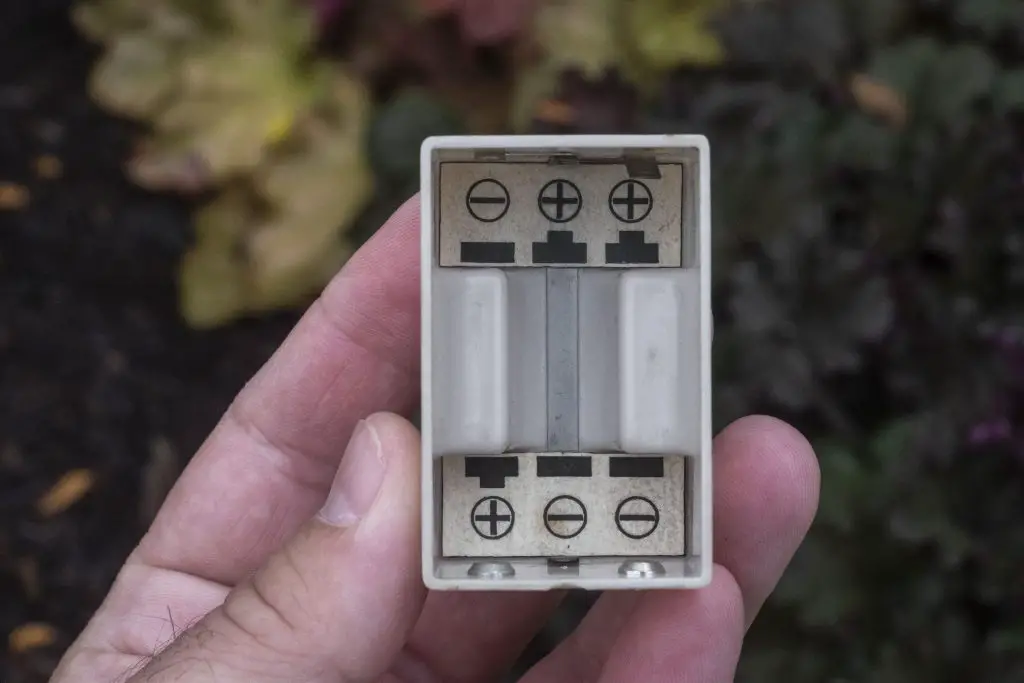
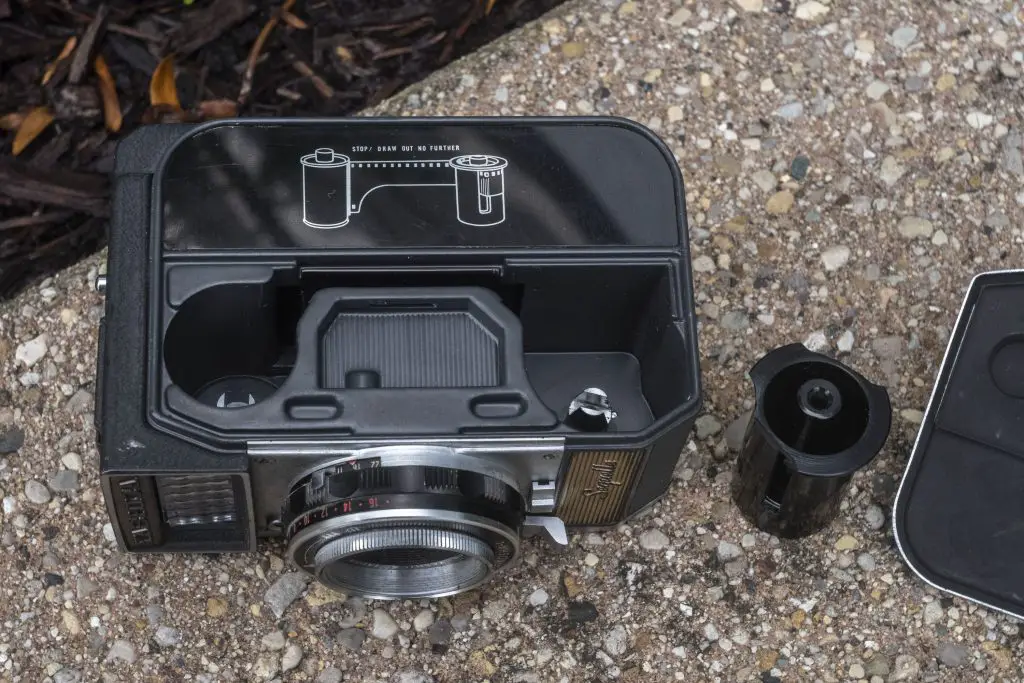
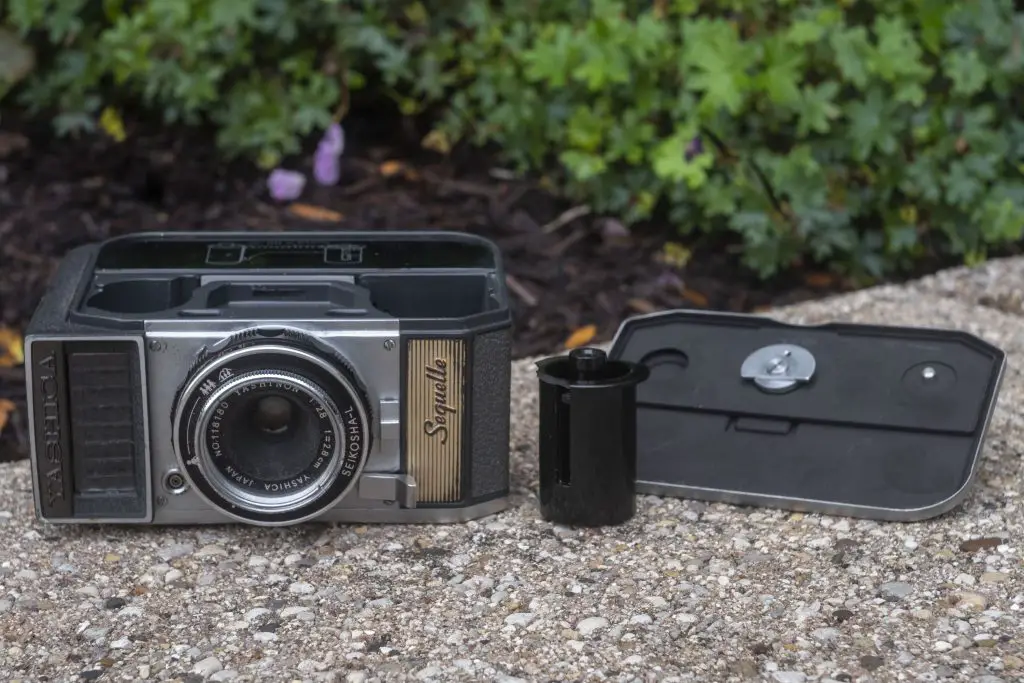
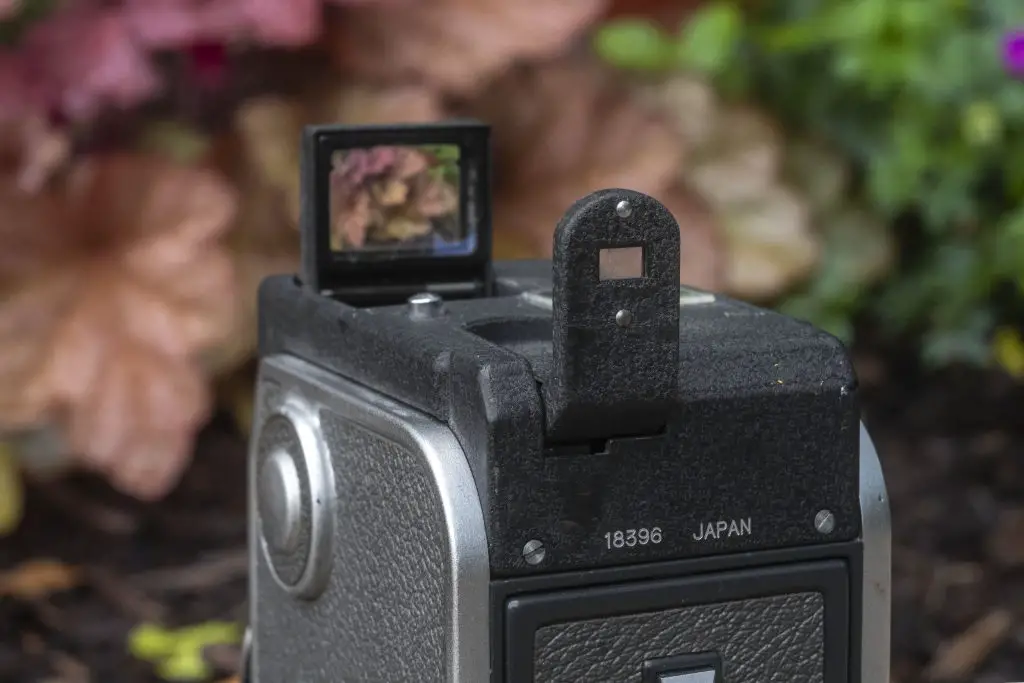
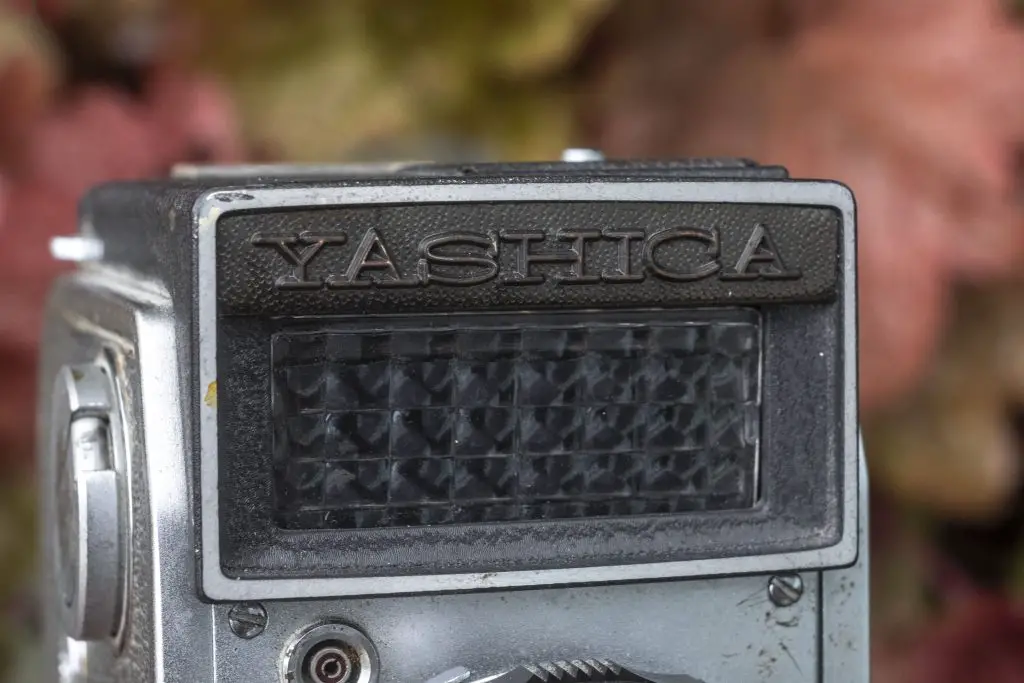
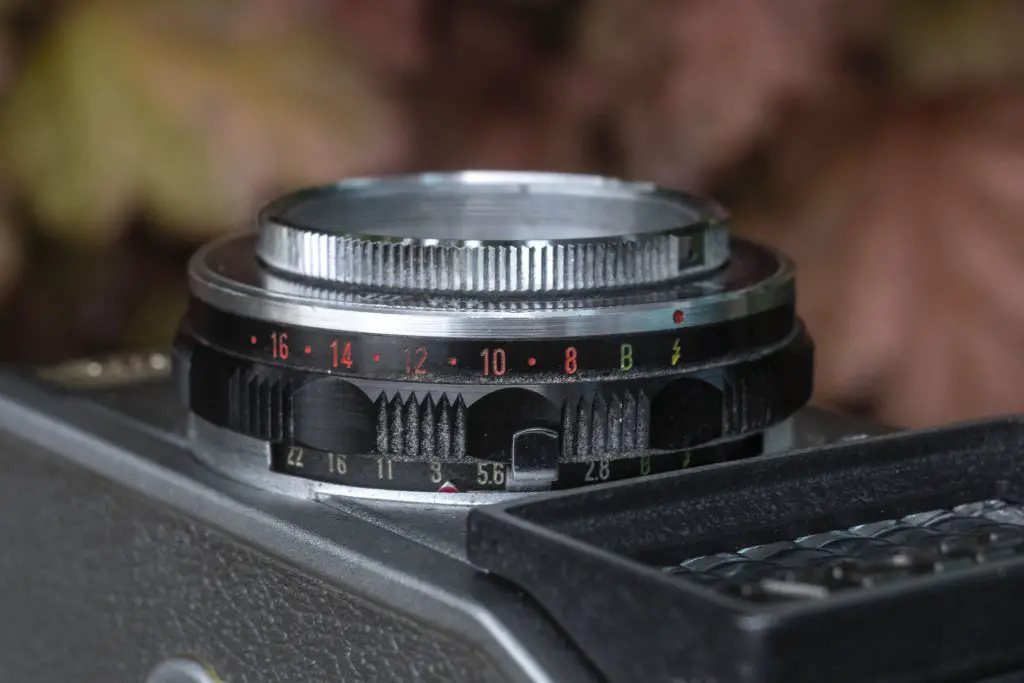
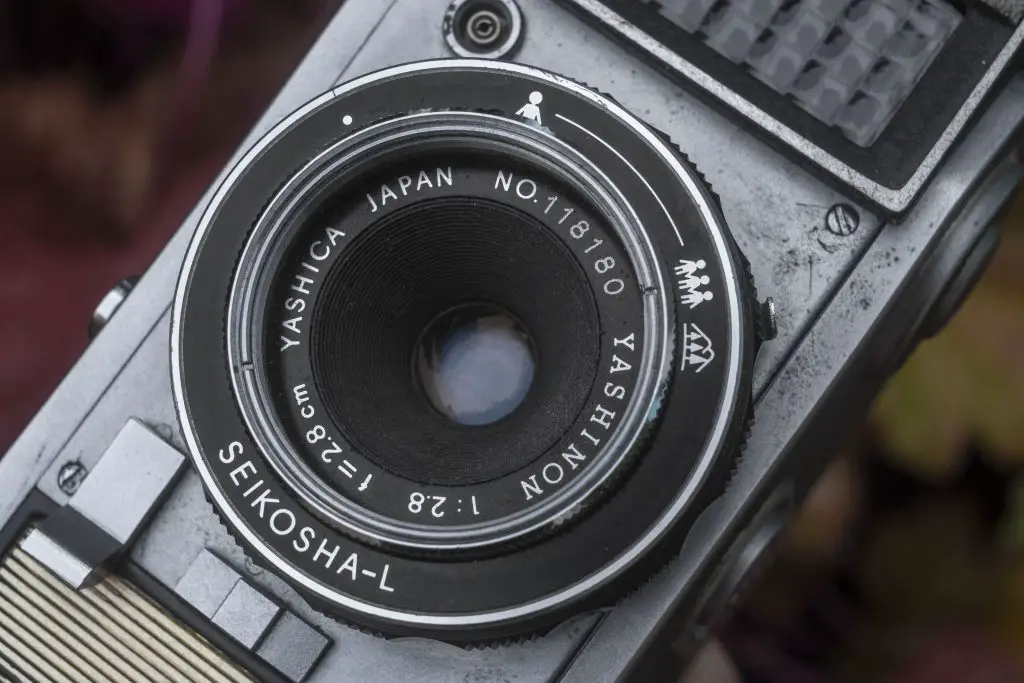
Remember the Bolsey 8? A 1950s spring-wound cinema camera that also was promoted as a still camera. Apparently it was not very good in either role, based on its short market life.